Young Frankenstein: Still Golden at Fifty
The fiftieth anniversary of the release of Mel Brook’s comedy horror classic “Young Frankenstein” is fast approaching. Premiering on December 15, 1974, to take advantage of the holiday moviegoing crush, it seems more appropriate to me to honor this milestone during Spooky Season, even if there are more laughs than chills in Brooks’ version of the 1818 Mary Shelley novel. To be fair, Brooks’ riff on the theme has less to do with Shelley’s gothic tale and more to do with parodying the five Universal Studios productions that far preceded it. “YF” was shot in black and white in homage to Brook’s boyhood reminiscences of seeing those films, and utilized contemporary 1930s scene change camera techniques from that era; many “mad scientist” stage props created for the 1931 original were recycled for “YF”’s own laboratory scenes.
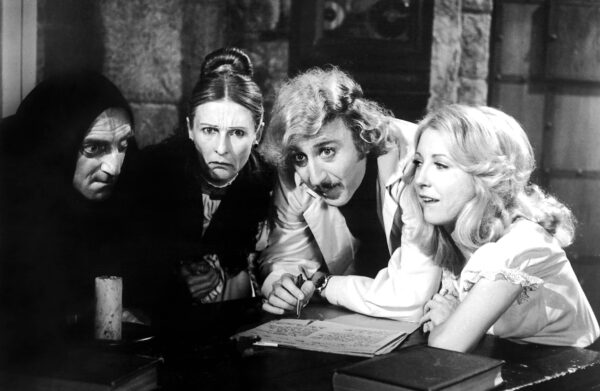
The film was an important staging post in the careers of many of its cast, including Gene Wilder (in the title role, also receiving an Oscar nomination for best adapted screenplay, co-written with Brooks), Peter Boyle (in a refreshing change-of-pace comedic role, as the Monster; “YF” was also where he met his wife), Teri Garr (in a breakout role for her as Inga, the young doctor’s buxom, brassiere-challenged lab assistant) and Cloris Leachman (fresh off the “Mary Tyler Moore Show” set, as castle housekeeper Frau Blucher, <insert offstage horse whinny here>).
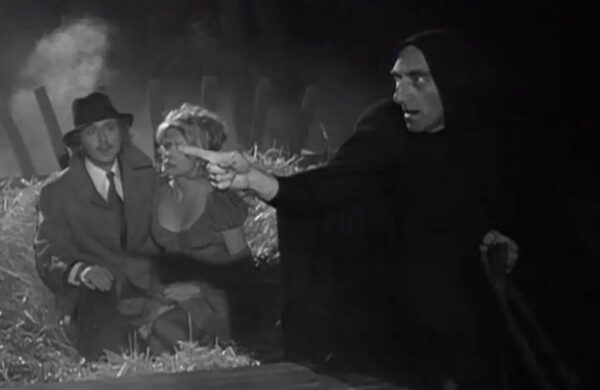
Over the decades, “Young Frankenstein” has become a cultural icon, rated No. 13 on the American Film Institute’s list of the 100 funniest American movies. In 2003, it was deemed “culturally, historically or aesthetically significant” by the United States National Film Preservation Board, and selected for preservation in the Library of Congress National Film Registry. Brooks considered it far and away his finest film (if not his funniest), and in 2007, he returned to the theme with a Broadway musical adaptation.

For me, “Young Frankenstein” gets better with each viewing, and I watch at least once every October, part of my annual Halloween cinematic build-up. I was gratified, but not surprised, to find that related asteroids played a key role in the film’s release chart as well as Mel Brook’s birth chart. If you’d like to see how, well, just “walk this way” …
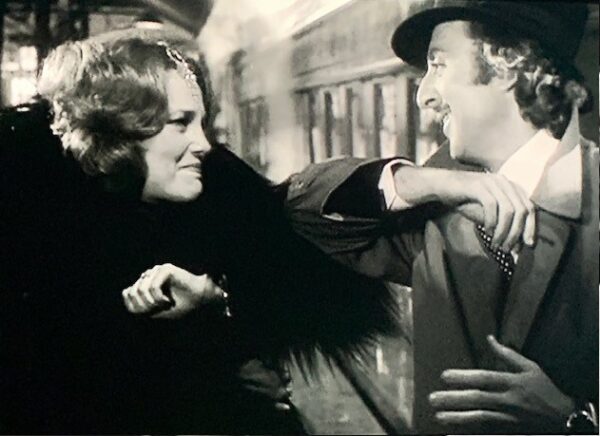
The December 15, 1974 release shows a Sun at 23 Sagittarius conjunct asteroid Franke 2824 at 27 Sagittarius, one of two potential markers for “Frankenstein.” Also here is asteroid Terry 21952, for Teri Garr, in one of two roles that year which catapulted her to national fame (the other was in Coppola’s thriller “The Conversation”). Asteroid Young 2165 at 7 Leo is at station, marking a pivotal turning point for the film which shares its name in its title, and turning retrograde on December 2nd. Young is also sesquiquadrate the Sun, squared Uranus at 1 Scorpio and trine Neptune at 9 Sagittarius, for the quirky, offbeat (Uranus) film (Neptune). As well, Young appears at the Apex of a Yod pattern, or Finger of Destiny, with inconjuncts to Jupiter at 10 Pisces and asteroid Brooks 2773 at 7 Capricorn, with “YF” considerably enhancing (Jupiter) Brooks’ standing and reputation.
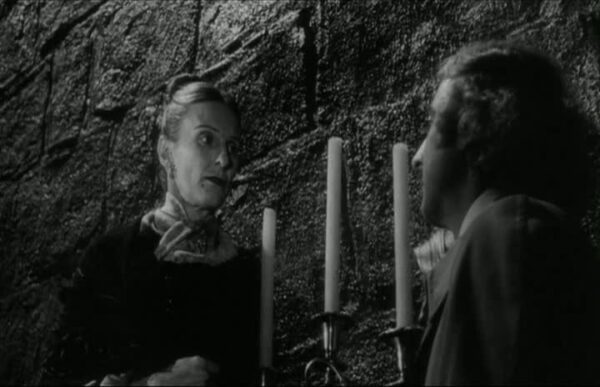
Asteroid Brooks also widely opposes Saturn at 17 Cancer, identifying Mel Brooks as the director (though he has only a small cameo in the film, as Wilder refused to do it if Brooks had a lead role, complaining that the zany jokester was incapable of not breaking the fourth wall and interacting directly with the audience). Mel Brooks was born Melvin Kaminsky, and asteroid Kaminski 30254 (alternate spelling) falls at 16 Virgo, squared the Sun and opposed Jupiter, with a square to Mercury at 20 Sagittarius and a sextile to Saturn further establishing him as the film’s writer(Mercury)/director(Saturn).
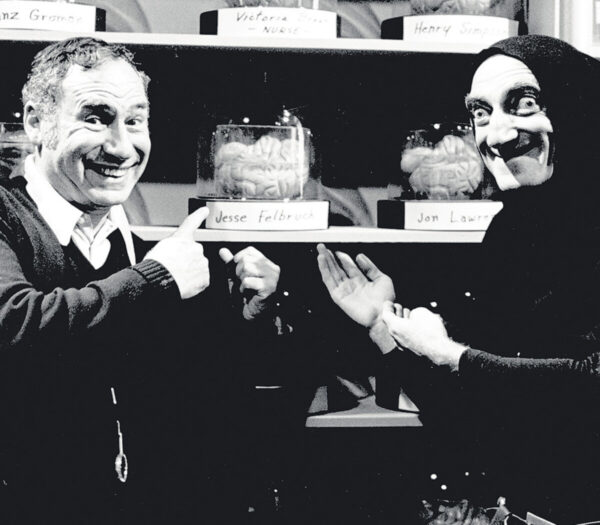
Ensemble cast members Cloris Leachman and Madeline Kahn are seen as asteroids Chloris 410 (alternate spelling) at 10 Aquarius and Madeline 2569 at 9 Scorpio, both semisquare “YF”’s Sun. Peter Boyle’s turn as the Monster is seen in asteroid Peter 1716, which at 19 Libra is exactly conjunct asteroid Frankenwald 10246 (closest to Frankenstein), and sextile the Sun.

But it’s star Gene Wilder, who also co-wrote the screenplay, that shows most prominently. Born Jerome Silberman, Wilder is seen as asteroid Wild 1941 (closest to Wilder) at 29 Virgo and asteroid Silbermann 3943 at 29 Pisces, together forming a T-Square with Mercury (writing), the Sun, and asteroid Franke at 20, 23 and 27 Sagittarius.
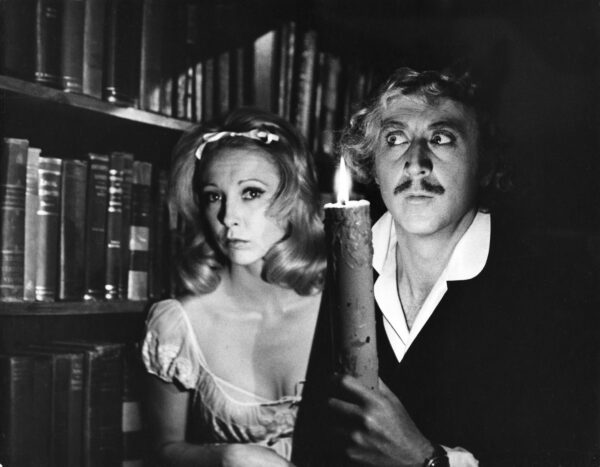
Mary Shelley, author of the original gothic novel, gets into the act as well. Asteroid Mary 2779 at 9 Scorpio conjoins Uranus at 1 Scorpio, squared to asteroid Shelly 17280 (alternate spelling) at 1 Aquarius with asteroid Thalia 23 at 0 Aquarius, named for the Greek muse of comedy. This combination suggests the quirky, eccentric (both Uranus), comedic (Thalia) take on Mary Shelley’s (Mary, Shelly) classic.
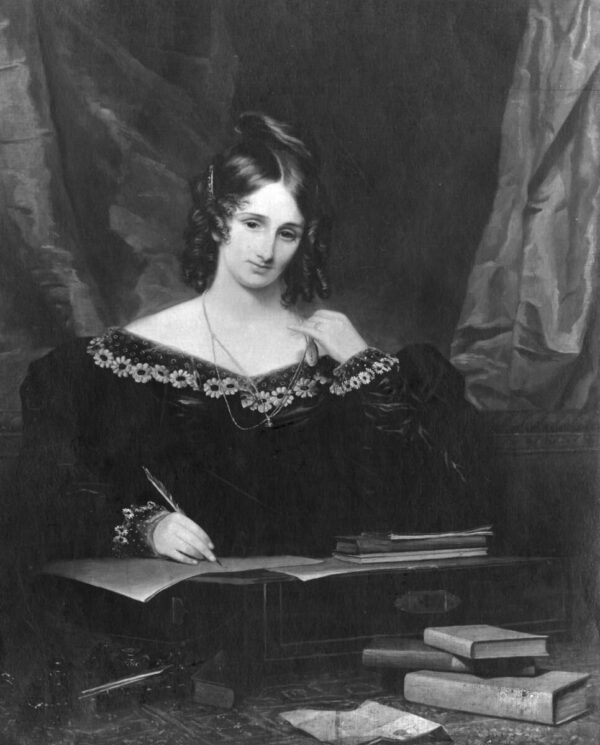
There’s a remarkable number of cast member PNAs (Personal-Named Asteroids) that interact directly with major planetary energies, always a sure sign of potency and impact. In addition to asteroid Terry (Teri Garr) conjunct the Sun, asteroid Brooks conjoins Venus at 2 Capricorn (as its creative core); asteroids Martina 981 at 7 Libra (for Marty Feldman as Igor (pronounced “eye-gore”), the amorphously hunchbacked (his hump switches sides, right to left, during the film) sidekick) and Peter (Peter Boyle) conjoin Pluto at 9 Libra; asteroid Feldman 3658 exactly conjoins Neptune at 9 Sagittarius, also conjunct Mars at 3 Sag; and asteroid Madeline at 9 Scorpio (Madeline Kahn) conjoins Uranus at 1 Scorpio.

There’s also a string of points relating to the movie, stretching from Madeline at 9 Scorpio through asteroids Jerome 1414 (Wilder’s given first name) at 12, Melvin 108096 at 16, Boyle 11967 (for Peter Boyle) at 21 and Leach 157258 (for Cloris Leachman) at 22 Scorpio. This enmeshment of cast and director asteroids shows a focused, communal effort striving toward a common goal. Asteroid Kahnia 4563 (closest to Kahn) appears at 12 Leo, embedded at station (turning retrograde December 7th). Stations indicate pivotal turning points, and this, Kahn’s first venture with Brooks, began a partnership that transformed her career and made her a national figure.
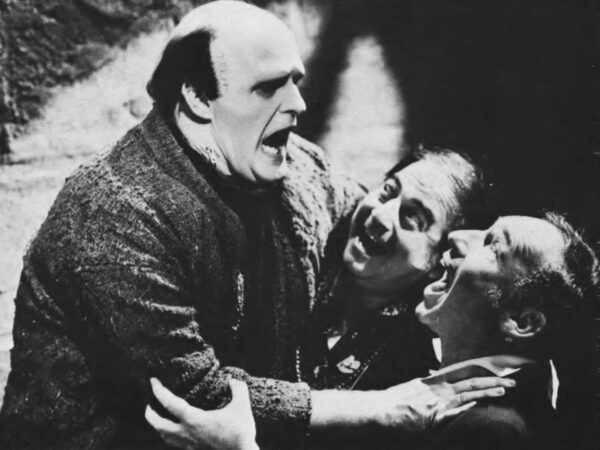
The importance of “Young Frankenstein” to Mel Brooks’ career is foreshadowed in his birth chart as well. Born 28 June 1926 (no time available), asteroid Young at 0 Libra squares the Sun at 6 Cancer, also conjunct asteroid Thalia at 28 Virgo, in a solar Grand Cross with Mars at 9 Aries and asteroid Melvin at 9 Capricorn, reflecting Brook’s (Sun, Melvin) love of physical (Mars) comedy (Thalia) in slapstick, and his broad, not to say crude, focus on sexual and scatological (both Mars) humor. Asteroids Brooks and Franke conjoined at 22 and 17 Gemini (opposed the film’s Sun) indicate Brooks’ identification of the film as the best of his career. As well, asteroid Frankenwald at 13 Scorpio is at station, turning direct three days after Brooks’ birth, identifying a pivotal importance for someone/something of that (or a similar) name.

Perhaps because of its black and white, period piece presentation, “Young Frankenstein” stands as a timeless classic of the genre, and even at fifty, shows no signs of its age. If you’ve not seen it, do yourself a favor and check it out; and if you have seen it, give yourself a treat this Halloween! “YF” is available streaming on Philo or Amazon Prime, and shown regularly on the cable network Movie!
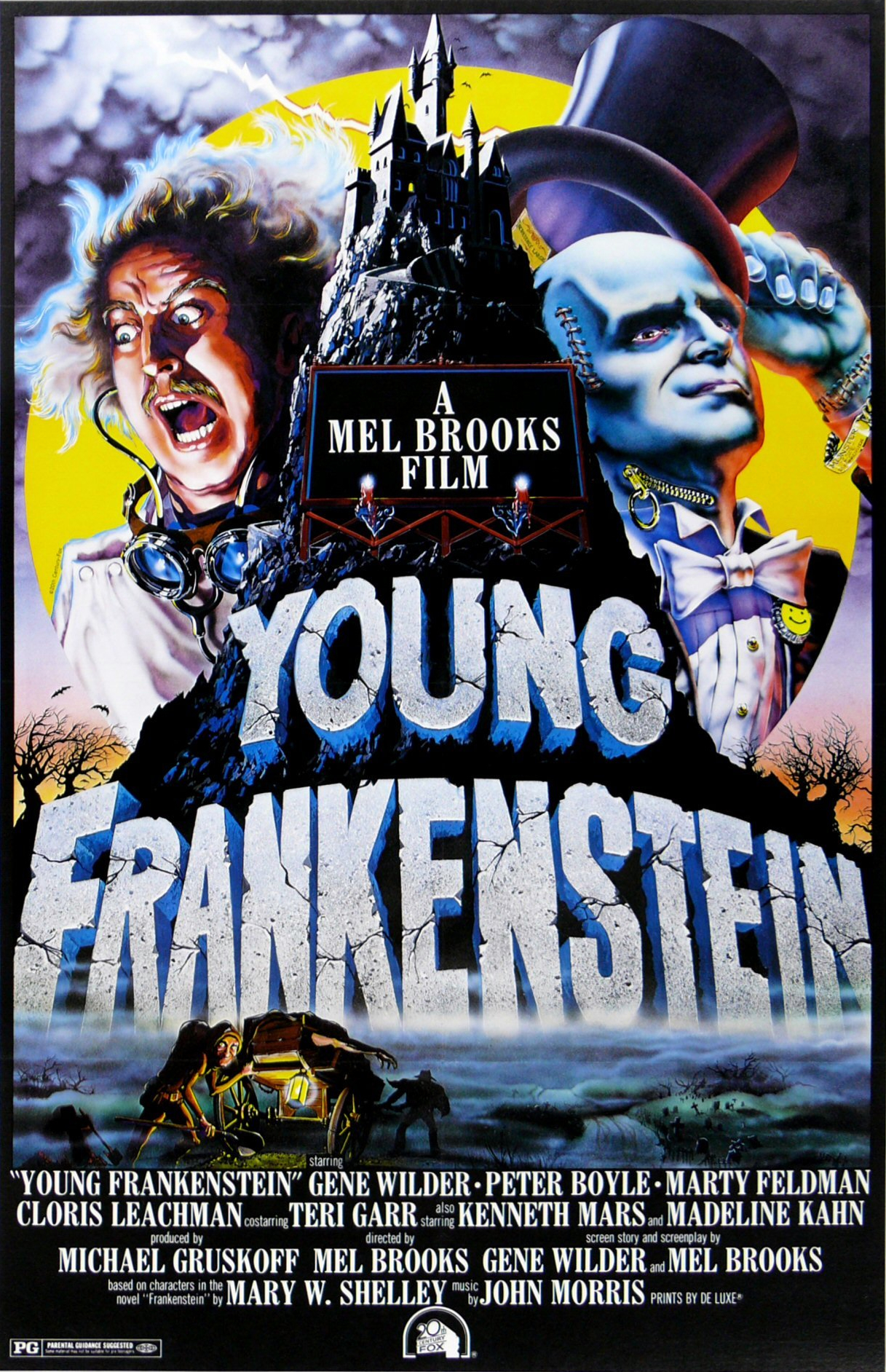

2 comments, add yours.
Laurien
I saw this film many years ago, probably when it first came out! Thanks to you I am keen to see it again. It will be a great way to celebrate Halloween! Thanks Alex!
Charlotte
One of my tiptop favourite films!!
I remember my streaming eyes, my aching stomach muscles and the unbridled joy that these clever people had made this marvellous movie for my delectation… I was in a state of near hysteria for days as my then-hubby and I reminded each other of pivotal bits of the movie…
I must be getting old – I can remember back more than 50 years.